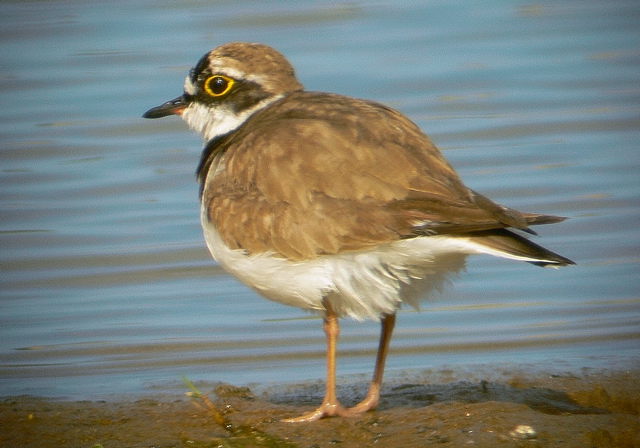Crowned Lapwing
Posted: Sat Dec 29, 2012 10:53 am
255. Crowned Lapwing Vanellus coronatus (Kroonkiewiet)
Order: Charadriiformes. Family: Charadriidae
Description
30 cm. It has sandy-brown sides of the face, neck, upper breast and upperparts. The rest of the underparts are white, with a black band between the brown breast and white belly. The forehead is black, extending back above the eye to the nape. It is separated from the black crown by a white band. Eye-colour is pale yellow and the bill is red with a black tip. The legs and feet are orange-red. Legs and bill duller, more pinkish red in non-breading season. It shows black flight feathers in flight and a broad white bar running across the wing. Sexes alike.
Juvenile has a buff-brown forehead. Crown band buffy. Upperparts buff fringed.
Similar species: This large lapwing, with its distinctive pendulous, yellow wattles, might be confused with African Wattled Lapwing, but the latter species has a dark (not white) breast.
Distribution
Sub-Saharan Africa: From Ethiopia, Sudan and Democratic Republic of Congo, south to South Africa.
Habitat
Short grassland (either grazed or burnt), dry open ground; also on golf courses, playing fields and fallow land.
Diet
Its diet consists mainly of insects and larvae particularly termites, ants, beetles and crickets.
Breeding
Usually a monogamous, territorial solitary nester, although polygamy is rarely recorded. The nest is a scrape in the ground, lined with dried grass, roots, small stones and dried dung and typically placed on bare ground or among short vegetation, sometimes adjacent to a stone or mound of earth. Egg-laying season is year-round, peaking from August-December. It lays 2-4 eggs, which are mainly incubated by the female, although the male occasionally takes over if it gets particularly hot. The chicks leave the nest after about four hours, once their down is dry; the adults take turns in caring for the chicks and directing them to food items. They eventually fledge at about 29-31 days old, becoming fully independent at the onset of the following breeding season, a year later.
Call
Strident shreeek, shreeek calls, accelerating to excited kreep-kreep-kreeipnotes in flight. Listen to Bird Call
Status
Widespread resident, sedentary but undertakes local movements to more suitable habitats (shorter grass) if necessary; in non-breeding season flocks of 10-40 birds.
Order: Charadriiformes. Family: Charadriidae
Description
30 cm. It has sandy-brown sides of the face, neck, upper breast and upperparts. The rest of the underparts are white, with a black band between the brown breast and white belly. The forehead is black, extending back above the eye to the nape. It is separated from the black crown by a white band. Eye-colour is pale yellow and the bill is red with a black tip. The legs and feet are orange-red. Legs and bill duller, more pinkish red in non-breading season. It shows black flight feathers in flight and a broad white bar running across the wing. Sexes alike.
Juvenile has a buff-brown forehead. Crown band buffy. Upperparts buff fringed.
Similar species: This large lapwing, with its distinctive pendulous, yellow wattles, might be confused with African Wattled Lapwing, but the latter species has a dark (not white) breast.
Distribution
Sub-Saharan Africa: From Ethiopia, Sudan and Democratic Republic of Congo, south to South Africa.
Habitat
Short grassland (either grazed or burnt), dry open ground; also on golf courses, playing fields and fallow land.
Diet
Its diet consists mainly of insects and larvae particularly termites, ants, beetles and crickets.
Breeding
Usually a monogamous, territorial solitary nester, although polygamy is rarely recorded. The nest is a scrape in the ground, lined with dried grass, roots, small stones and dried dung and typically placed on bare ground or among short vegetation, sometimes adjacent to a stone or mound of earth. Egg-laying season is year-round, peaking from August-December. It lays 2-4 eggs, which are mainly incubated by the female, although the male occasionally takes over if it gets particularly hot. The chicks leave the nest after about four hours, once their down is dry; the adults take turns in caring for the chicks and directing them to food items. They eventually fledge at about 29-31 days old, becoming fully independent at the onset of the following breeding season, a year later.
Call
Strident shreeek, shreeek calls, accelerating to excited kreep-kreep-kreeipnotes in flight. Listen to Bird Call
Status
Widespread resident, sedentary but undertakes local movements to more suitable habitats (shorter grass) if necessary; in non-breeding season flocks of 10-40 birds.
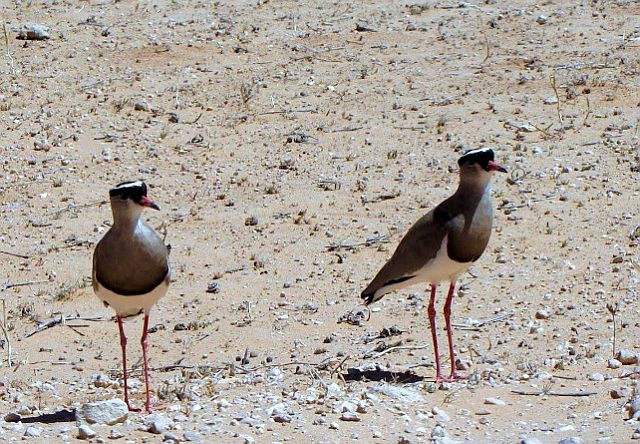 © Lisbeth
© Lisbeth © PRWIN
© PRWIN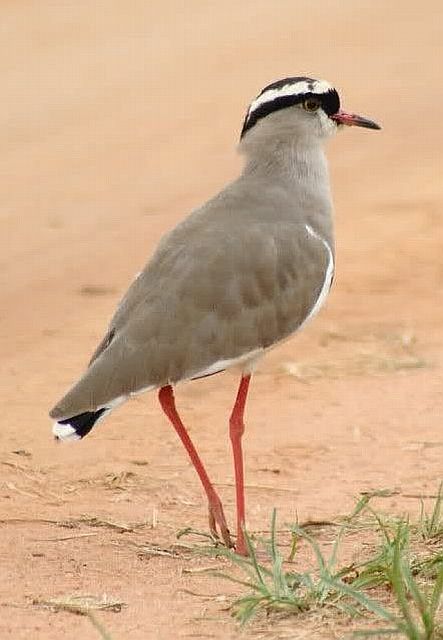 © Flutterby
© Flutterby  © BluTuna
© BluTuna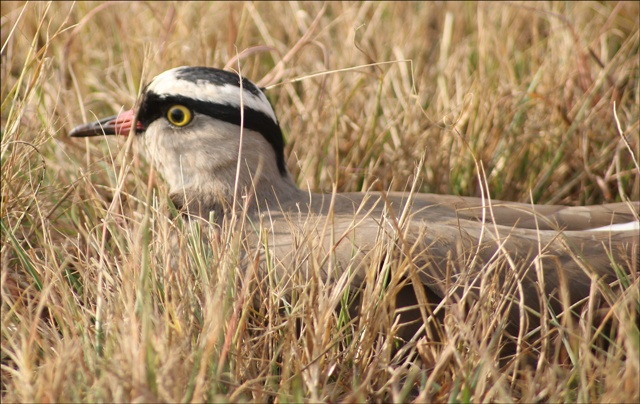 © Amoli
© Amoli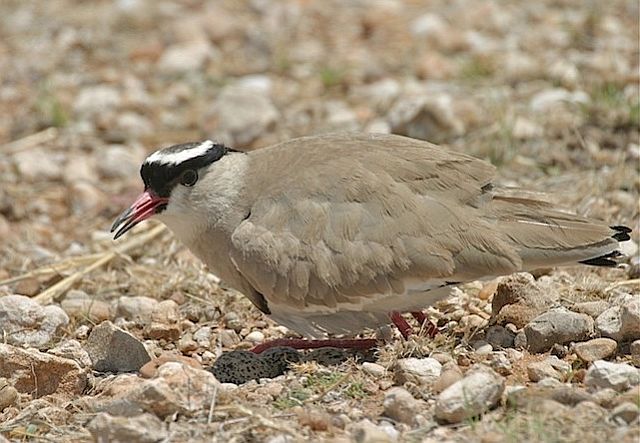 © ExFmem
© ExFmem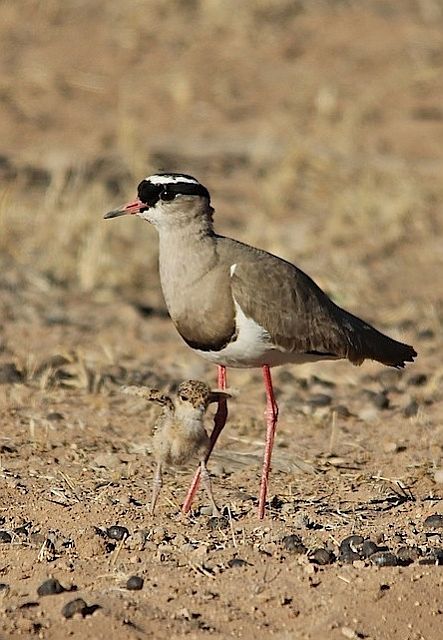 © ExFmem
© ExFmem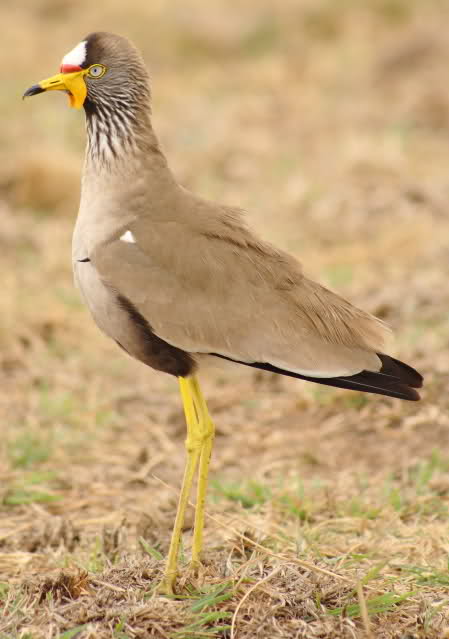
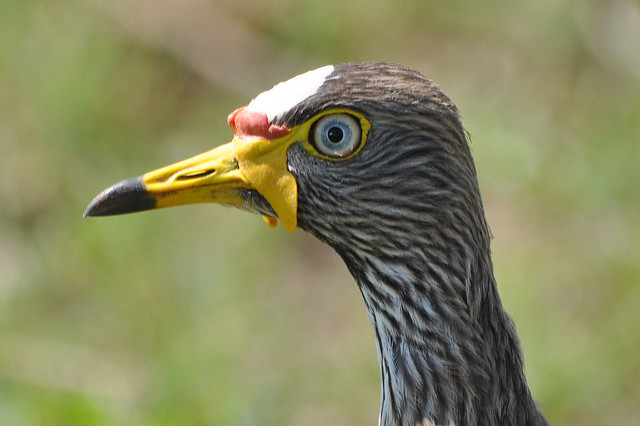 © steamtrainfan
© steamtrainfan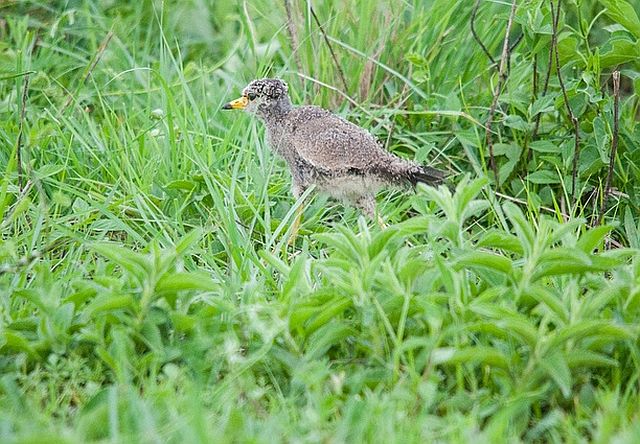 © steamtrainfan
© steamtrainfan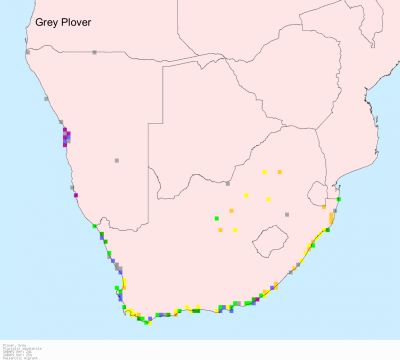
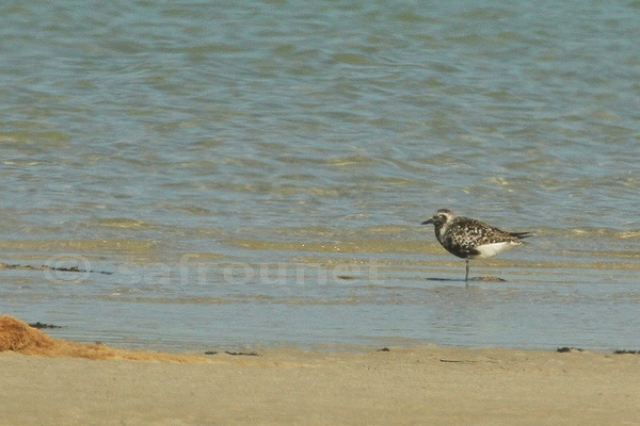 © nan
© nan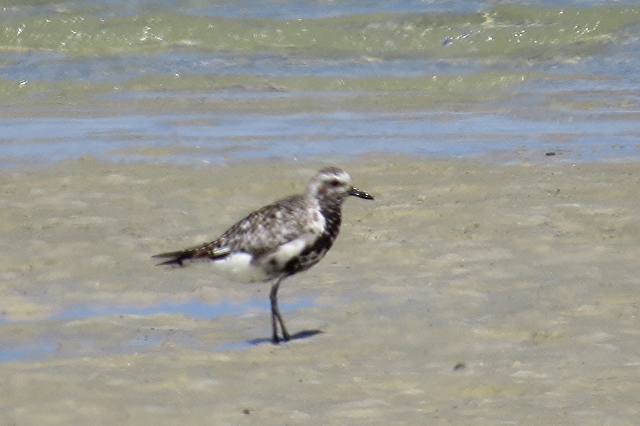 © Tina
© Tina © Tina
© Tina
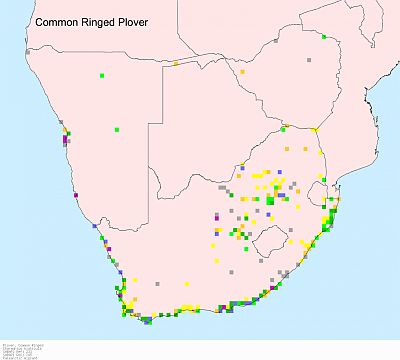
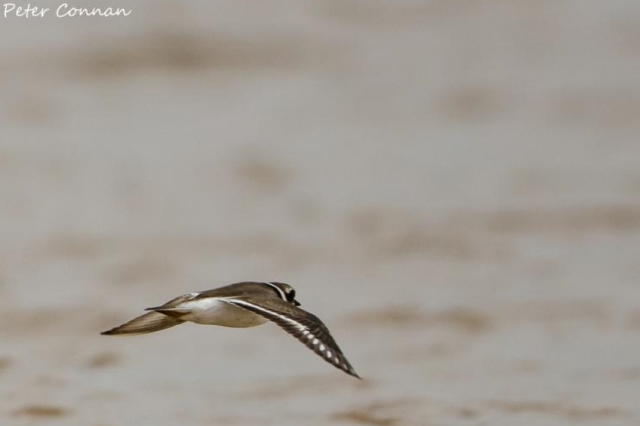 © Peter Connan
© Peter Connan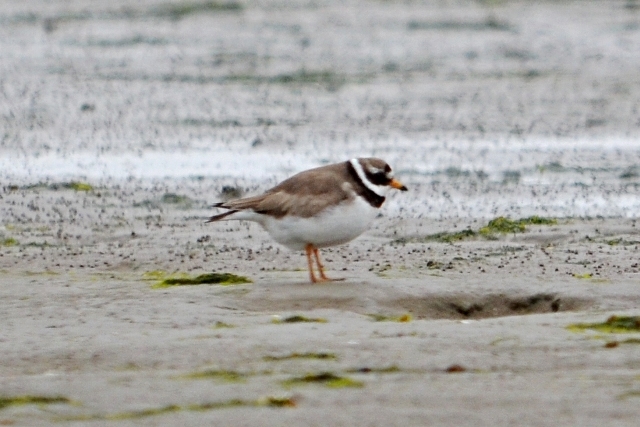 © Mel
© Mel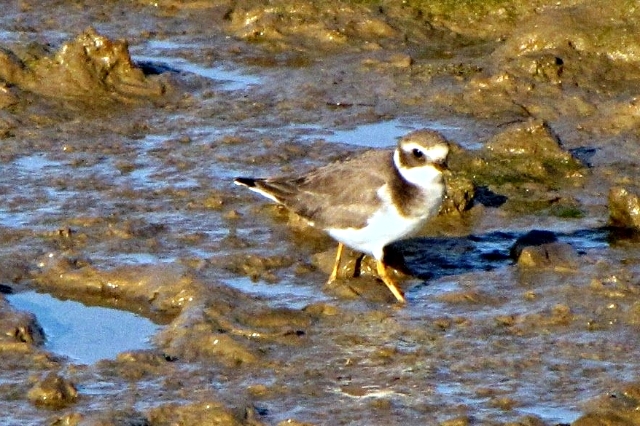 © Lisbeth
© Lisbeth